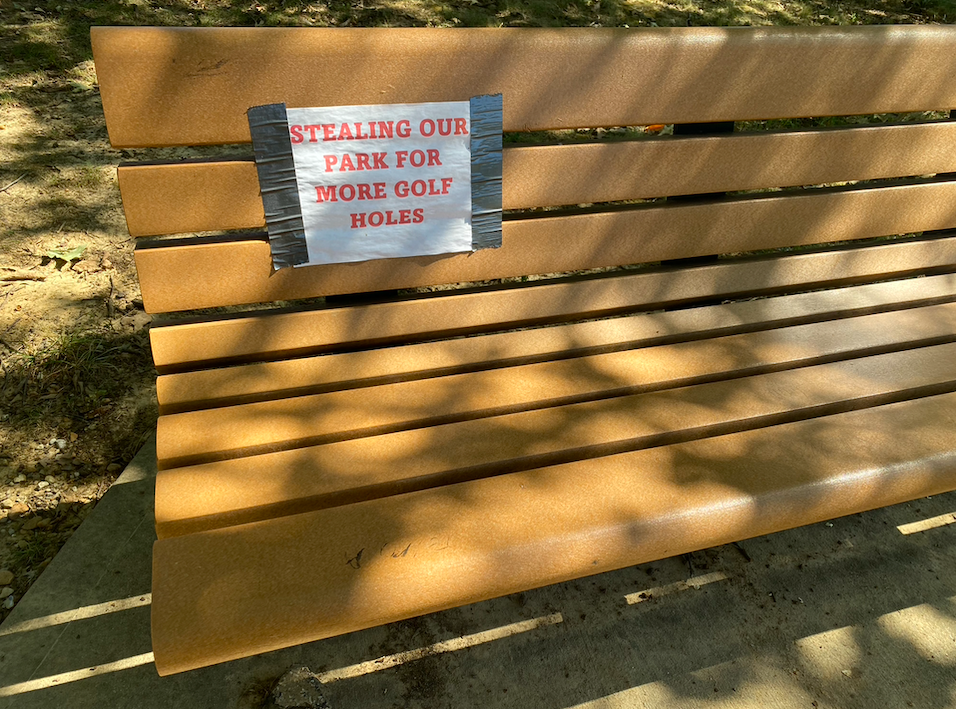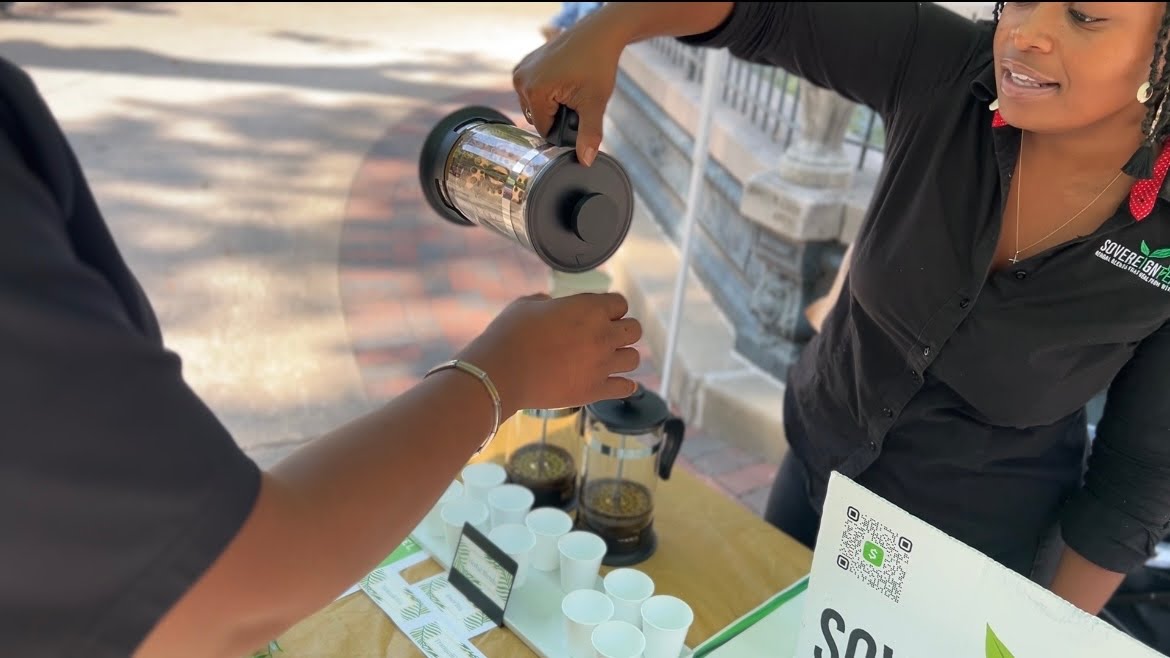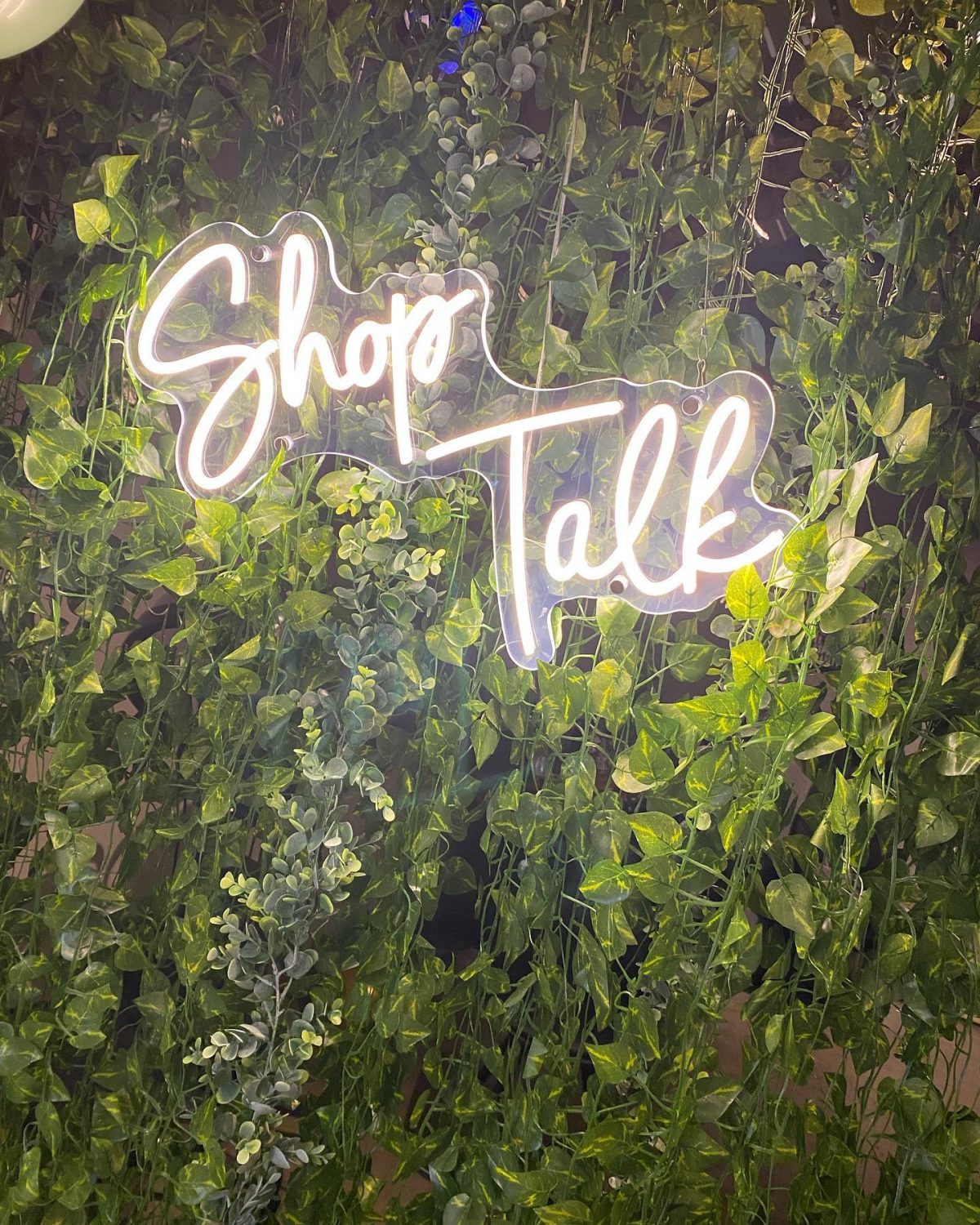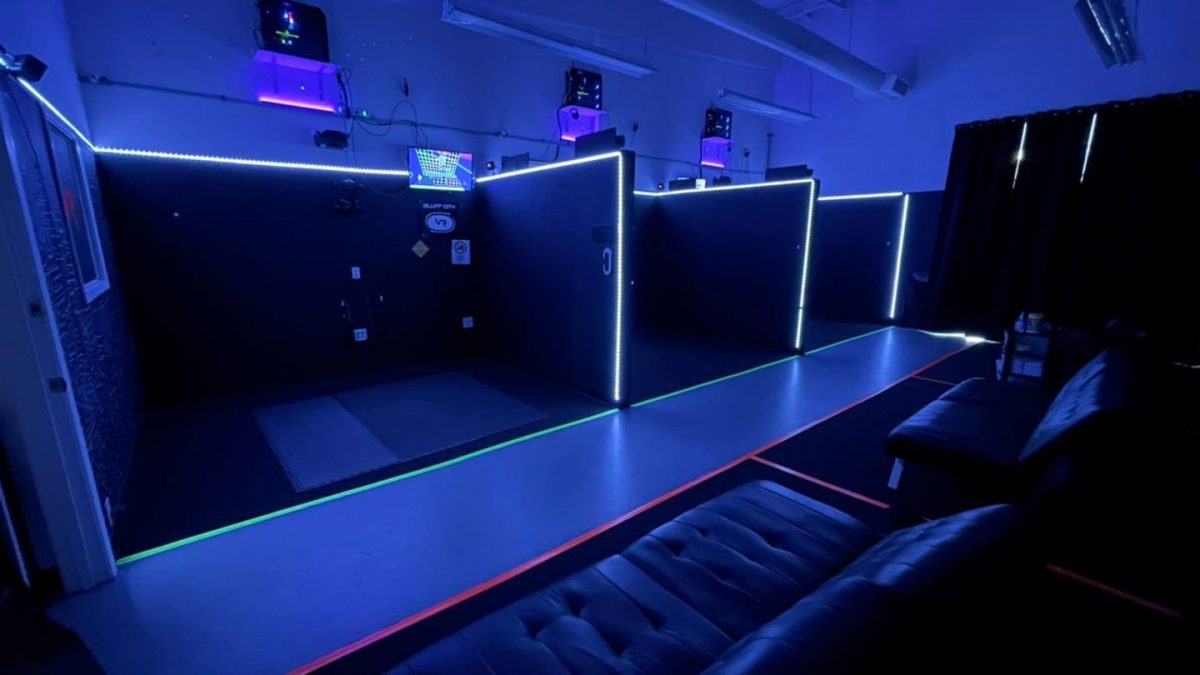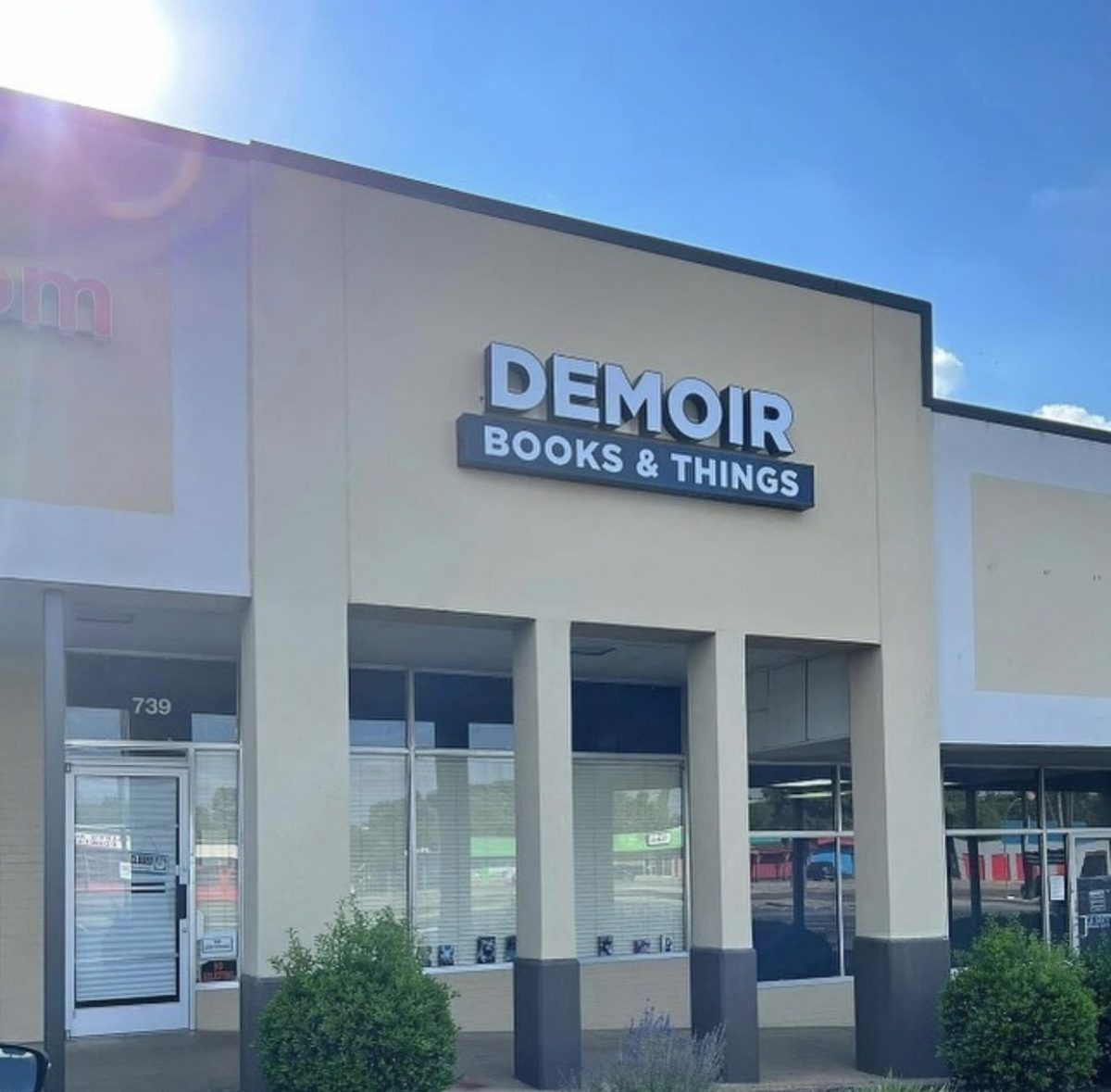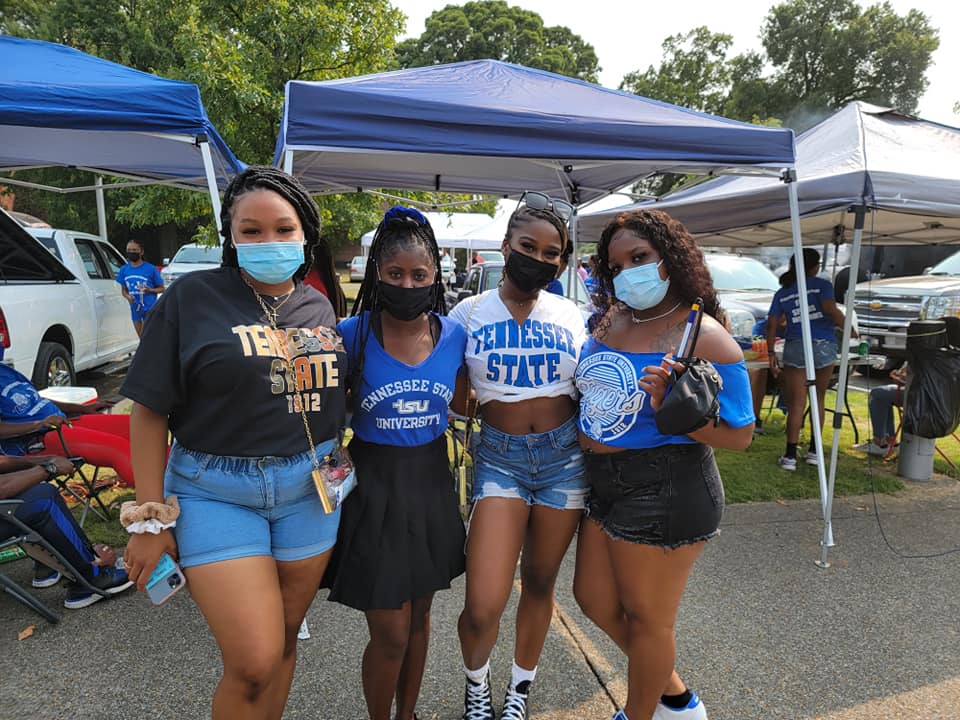Memphian Brandice Daniel is the CEO and Founder of Harlem’s Fashion Row (HFR) and the nonprofit Icon360. Currently celebrating its 15th anniversary, HFR is known for holding a number of events such as “The Prelude,” which is a kickoff to New York Fashion Week, and a “Black History Month: Fashion Summit,” which has included speakers such as Lindsay Peoples Wagner and Tom Ford. The Memphis Flyer sat down with Daniel to talk about her journey and diversity efforts in the fashion industry.
Memphis Flyer: Tell us a little bit about yourself
Brandice: I am Brandice Daniel. I manage two companies, Harlem’s Fashion Row and Icon360. At HFR we act as a bridge between designers of color, and brands. We do that through collaborations with brands and brand strategy. With Icon360 we provide funding to HBCU fashion departments. We also provide funding to designers or color.
How did you get into fashion, and at what point did you realize that you could play an integral role in making a change?
My first real, fashion, corporate job was in Memphis. I worked at Catherine’s, which used to be on Knight Arnold. I started there in allocations, and that was my first experience. I started HFR in 2007, and in 2009 I started to do some research and realized that less than on percent of designers sold in major department stores were designers of colors. Within that same group, African Americans spend around 22 billion dollars on apparel. That was when I decided, not that I was necessarily going to make a change, but I knew I had to try.
I know you said you started in 2007, but did you have something that actually pushed you to do that?
Honestly, it was just an idea I had to do a fashion show in Harlem. There were all these incredible Black-owned boutiques that were popping up in Harlem, and they were luxury boutiques. That was definitely a catalyst, I think, to the idea of starting HFR. The first fashion show we did was not perfect, but it was done. The planning of that event was when I started to get a much clearer vision as to where this was going to go.
You said the first fashion show that you all did wasn’t perfect, so what was it like to look back at the fashion show from 2007 and to now be celebrating your 15th anniversary?
Oh my gosh, every time I look at pictures from that show or anything from that show, I’m so excited because it wasn’t perfect, but it was perfect. It was taking an idea and actually seeing that idea in a physical form. It’ still one of my proudest moments. That very first event. It makes me quite emotional, quite honestly, because I didn’t even understand what was going to come from that.
Is there a special reason why you decided to come back to Memphis for the fashion show?
Every five years I’ve committed to doing a fashion show or event in Memphis. I often see people leave their homes, and go and do something great in another city, but they never bring it back to their city. So since the very beginning of HFR, every five years I’m going to bring what I do in New York to Memphis. We did our 5th year on South Main, and our 10th year we did at Clayborne Temple, so I’m excited about our 15th. I’m excited to bring what HFR does back to my city.
How would you describe the fashion and creative culture of Memphis?
I know that the creative community in Memphis is so inspiring and so exciting. Especially this new generation of creatives in Memphis. I just love what I’m seeing. I recently spoke at “A Great Day In Memphis,” and I got a chance to hear Carmeon Hamilton, Kameron Whalum, Chassidy Jade, and Victoria Young on a panel, and I was just so inspired by them and what’s happening. So many people are finally embracing the arts and you know Memphis has such a rich history and culture in the arts. We’ve got deep, deep roots in the arts. For fashion, I’m excited about the opportunity and where it can go in Memphis.
You’ve done a lot of work to improve diversity efforts in fashion. What has changed in the past 15 years? What areas still need improvement?
When I first started HFR, no one wanted to talk about race. No one wanted to discuss it; it was such a taboo topic. I’m really happy that now we are able to have open dialogue around race and fashion, because for me, that’s my purpose, quite frankly, to provide equal opportunities to Black and Latin designers. I’ve definitely seen so much progress there. I think 2020 sped up the process, but I think the work now is keeping our foot on the gas. There are so many other challenges that are happening, so I think now we’re focused on how do we keep this conversation at the forefront. Brands are like “oh okay, we’re done talking about that,” and I see that as a big responsibility for HFR, to keep that conversation going.
So what makes you excited to keep continuing what you do?
The designers. It’s simple. I get to discover incredibly talented and creative designers who look at this industry, understand the challenges, and against all odds say, “this is still what I want to do.” It’s the thing that keeps me going. They deserve the opportunities, the platforms, the connections, they deserve it all. They are definitely one of my biggest inspirations. So as long as new designers keep popping up, as long as designers of colors continue to stay in this race, I will too.
Well, that was a great note to end on. Is there anything else you’d like to add or give insight to?
One thing I will add is that I talked a lot about how Memphis has played a big role in who I am and what I do, and I say to people all the time that the people of Memphis are so special. But they don’t realize how special they are, because they’re surrounded by people who are just as special. So when you take a Memphis person and put them out of their environment, they always thrive. They always thrive. I’ve seen it over, and over, and over again. It’s like telling a fish that water is wet. Right? They don’t know water is wet, because that’s where they’ve always lived, and that’s how I feel about Memphis. People don’t understand how special of a city Memphis is, and how special the people in the city are.

